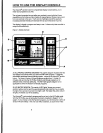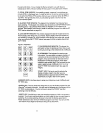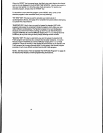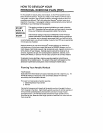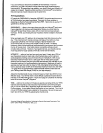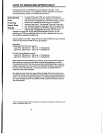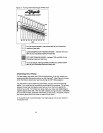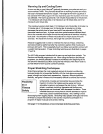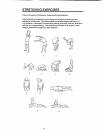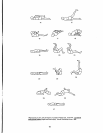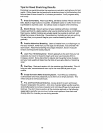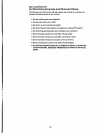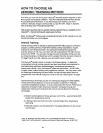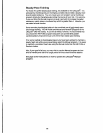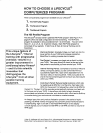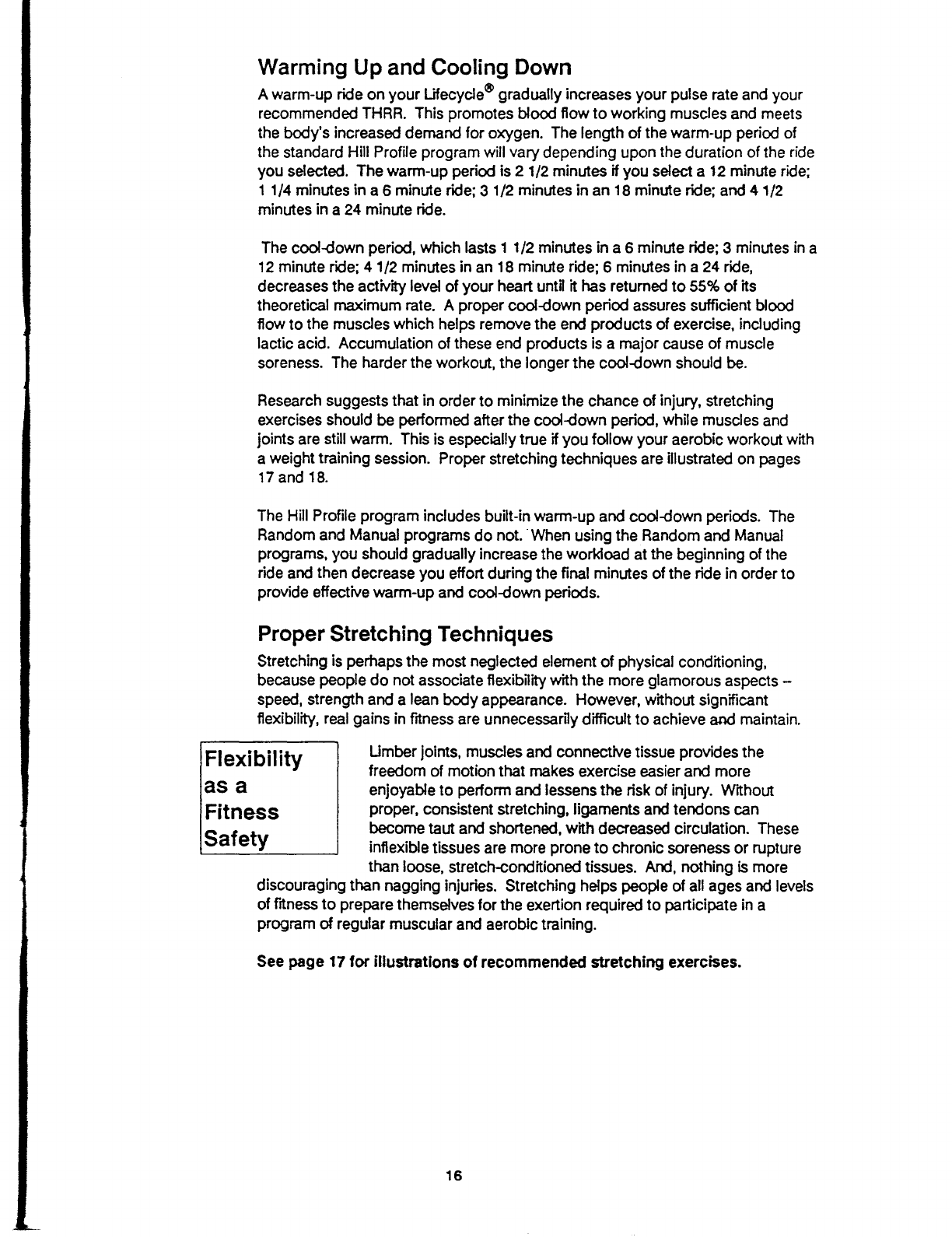
Warming
Up and Cooling Down
A warm-up ride on your Lifecycle~ gradually increases your pulse rate and your
recommended THRR.
This
promotes blood flow to working muscles and meets
the body's increased demand for oxygen. The length of the warm-up period of
the standard Hill Profile program will vary depending upon the duration of the ride
you selected. The warm-up period is 21/2 minutes if you select a 12 minute ride;
11/4 minutes in a 6 minute ride; 31/2 minutes in an 18 minute ride; and 41/2
minutes in a 24 minute ride.
The cool-<iown period, which lasts 1 1/2 minutes in a 6 minute ride; 3 minutes in a
12 minute ride; 41/2 minutes in an 18 minute ride; 6 minutes in a 24 ride,
decreases the activity level of your heart until it has returned to 55% of its
theoretical maximum rate. A proper cool-<iown period assures sufficient blood
flow to the muscles which helps remove the end products of exercise, including
lactic acid. Accumulation of these end products is a major cause of muscle
soreness. The harder the workout, the longer the cool-<iown should be.
Research suggests that in order to minimize the chance of injury, stretching
exercises should be performed after the cool-<iown period, whne muscles and
joints are still
warm.
This is especially true if you follow your aerobic workout with
a weight training session. Proper stretching techniques are illustrated on pages
17 and 18.
The Hill Profile program includes built-in warm-up and cool-<iown periods. The
Random and Manual programs do not.
.
When using the Random and Manual
programs, you should gradually increase the workload at the beginning of the
ride and then decrease you effort during the final minutes of the ride in order to
provide effective warm-up and cool-<iown periods.
Proper
Stretching Techniques
Stretching is perhaps the most neglected element
of physical conditioning,
because people
do not associate flexibilitywith the more glamorous aspects -
speed, strength and a lean body appearance.
However, without
significant
flexibility, real gains in fitness are unnecessarny difficult to achieve and maintain.
Flexibility
as a
Fitness
Safety
Umberjoints,
muscles and connective tissue provides
the
freedom of motion that makes exercise
easier and more
enjoyable to perform and lessens the risk of injury.
Without
proper, consistent stretching, ligaments and tendons can
become taut and shortened, with decreased
circulation.
These
inflexible tissues are more prone to chronic soreness or rupture
than loose, stretch-conditioned
tissues. And,
nothing
is more
discouraging
than nagging injuries. Stretching helps people of all ages and levels
of
fitness
to prepare
themselves
for the exertion required to participate
in a
program of regular muscular and aerobic training.
See page 17 for
illustrations
of recommended stretching exercises.
16



